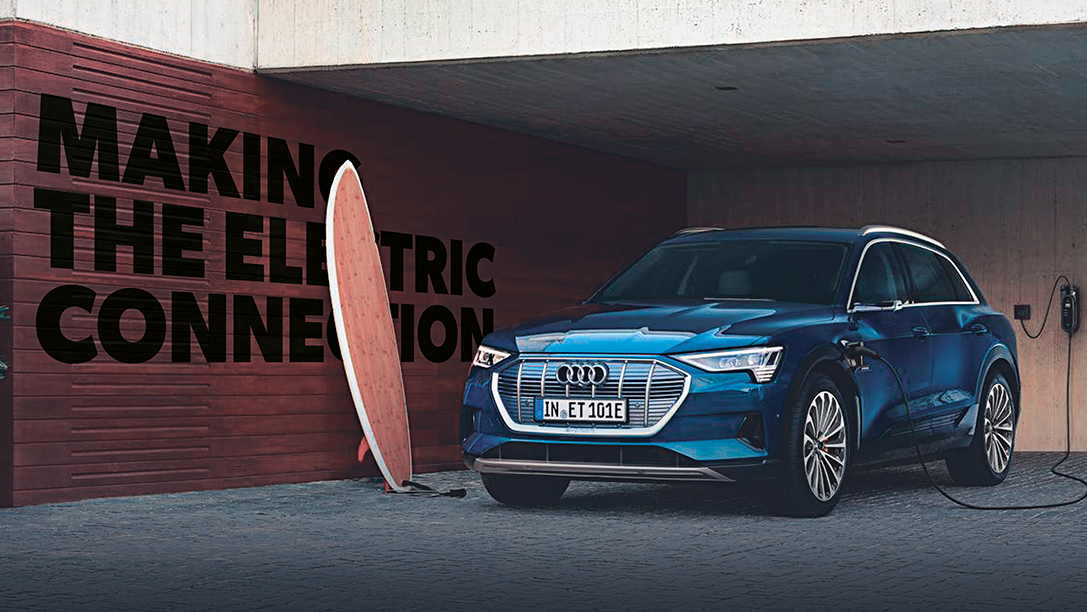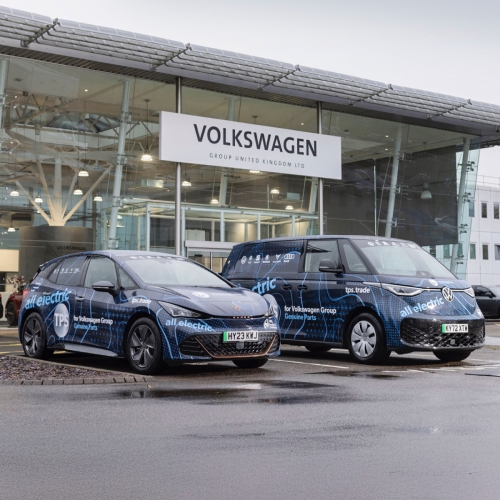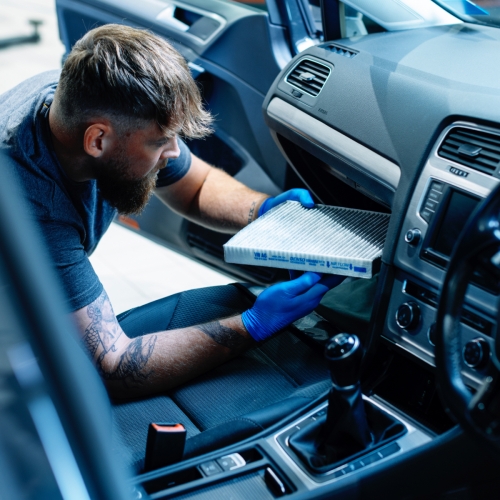Over the next decade the UK’s electric vehicle car parc is set to grow at a fast pace but what will this mean to workshops? Curtis Hutchinson reports.
The take-up of electric cars in the UK has been slow. Range anxiety, affordability, restricted model choice and the fledgling recharging infrastructure have all played a part in limiting appeal to early adopters.
But that’s starting to change. Sales of electric cars have been steadily rising with many first generation models now out of warranty and requiring servicing, maintenance and repairs; presenting an opportunity for the workshop sector as the car parc grows.
In 2018 the total number of plug-in electric cars on British roads hit a record high of 195,410, a year-on-year jump of 75%.1
Several factors contributed to this exponential growth. The number of new plug-in models, from a fast growing choice of brands, has grown significantly in recent years; longer ranges have made ownership more feasible for more buyers; public and private charging points are popping up all over the country; while the rollout of urban low emission zones is causing some buyers to rethink their motoring needs. Additionally, awareness of the ecological benefits and tax efficiencies of electric cars are resonating with more motorists.
Legislative moves will hasten the pace. The UK government has declared its intention to ban the sale of all new petrol- and diesel-engined cars by 2040; it could be sooner. A report published in May 2019 by the Committee on Climate Change urged the government to bring the date forward to 2030.
Uptake is accelerating. Last year witnessed record-breaking electric sales. According to Go Ultra Low2, the campaign dedicated to encouraging motorists to make the electric switch, the total number of new fully electric and plug-in hybrids (PHEVs) registered in 2018 rose 19% to 59,911 units, a record performance and the seventh consecutive year of growth.
Meanwhile, JATO Dynamics, the automotive industry analyst, reported Battery Electric Vehicle (BEV) registrations increased 47% across Europe in 2018 jumping from 132,800 to 195,200 units, outselling PHEVs, with the UK the continent’s fifth largest market.3
One of the key obstacles to electric ownership is affordability, although a recent report from Deloitte, the management consultancy, forecasts this barrier will soon be removed.
“In the UK, the cost of petrol and diesel vehicle ownership will converge with electric over the next five years,” said Michael Woodward, UK automotive partner at Deloitte.
“Supported by existing government subsidies and technology advances, this tipping point could be reached as early as 2021. From this point, cost will no longer be a barrier to purchase, and owning an EV will become a realistic, viable option for new buyers.”4
Against this backdrop of rising adoption, the Volkswagen Group has accelerated its electrification rollout with a recently announced plan to build 22 million electric vehicles within the next decade; significantly more than the 15 million originally envisioned.5
By 2028 the group plans to have almost 70 new electric models, instead of the 50 previously planned. And by 2030 at least 40% of its fleet will be electric vehicles. The first of these new generation electric vehicles -- the AUDI e-tron, followed by the Porsche Taycan -- go into production this year.
Meanwhile Volkswagen is set to launch the ID. family of new generation of BEVs starting this year with the ID. hatch followed from 2020 by production versions of the ID. BUZZ MPV and ID. CROSS SUV concept cars.
These vehicles, along with the SEAT el-born and ŠKODA Vision E will be based on the VW Group’s new Modular Electric Drive Toolkit (MEB) platform.
Joe Laurence, Product Manager for Electric Vehicles at Volkswagen UK, working across the e-up! and e-Golf models, the forthcoming hybrid Golf and Passat models and the ID. brand, is helping prepare the carmaker and its partners for a surge in activity across its electric car business.
“Our market share across new BEVs and PHEVs is currently around 5% but we anticipate that growing to 50% by 2030; that is when the paradigm shift will happen and ICE (Internal Combustion Engine) vehicles will be in the minority.
“Over the course of the next couple of years we expect the PHEVs to be more popular than BEVs, but once we start to launch our ID. suite of cars we will start to see BEVs overtaking PHEVs in the UK."
To help prepare the groundwork, last year Volkswagen started working with supermarket giant Tesco and Pod Point, the UK’s largest independent public charging network, to roll out the country’s largest retail network of EV chargers. The partnership will see 2,400 designated charging bays at Tesco Extra and Superstore car parks across 600 stores by 2020.
While these developments are welcome moves to stimulate new car sales, some workshops will be wary their potential to service and maintain this growing vehicle sector will be limited because EVs have fewer moving parts than conventional ICE-powered cars.
“There are fewer moving parts but only around the drivetrain. When you look at the profit potential for workshops, they will still have the opportunity to replace brake parts, air filters and suspension components,” said Laurence.
Indeed, workshops looking after first generation EVs will already have noticed a demand for front brake pads, brake discs and tyres. This is because battery packs are generally located at the front of the chassis and can be heavier than ICE units, resulting in more wear and tear. The weight distribution of these cars also prioritises the front for the harvesting of kinetic energy.
The traditional workshop model will need to evolve to cater for the different needs of EVs, with the real possibility of increased vehicle throughput required to make good any shortfall in revenue.
However, there will be a requirement to replace battery cells which will need specialist skills and provide an additional revenue opportunity.
“Smartphones and laptops require battery replacement, the same will apply to BEVs; they are not an infinite source of power. In a typical 27-cell battery pack, if one of the cells fails it will need to be replaced and that will be an opportunity for workshops.”
Curtis Hutchinson is a B2B motoring journalist and former editor of Motor Trader and Company Car.
1 Society of Motor Manufacturers and Traders, Motorparc data, 13 April 2019 https://www.smmt.co.uk/2019/04/record-number-of-plug-in-cars-on-uk-roads-as-ownership-surges-by-a-quarter/
2 Go Ultra Low, 18 January 2019 https://www.goultralow.com/news/press-releases/one-every-nine-minutes-60000-electric-cars-registered-in-2018-marking-7th-consecutive-year-of-growth/
3 JATO Dynamics, 7 February 2019 https://www.jato.com/suvs-and-the-new-nissan-leaf-take-the-ev-market-in-europe-to-a-new-record/
4 Deloitte Battery Electric Vehicles: New markets. New entrants. New challenges, 21 January 2019 https://www2.deloitte.com/uk/en/pages/manufacturing/articles/battery-electric-vehicles.html
5 Volkswagen Group, 12 March 2019 https://www.volkswagenag.com/en/news/2019/03/VW_Group_JPK_19.html




